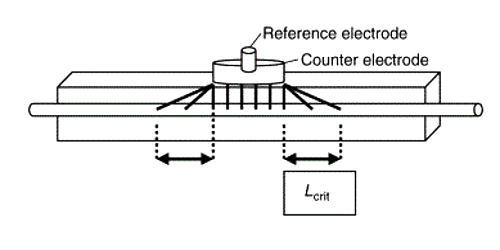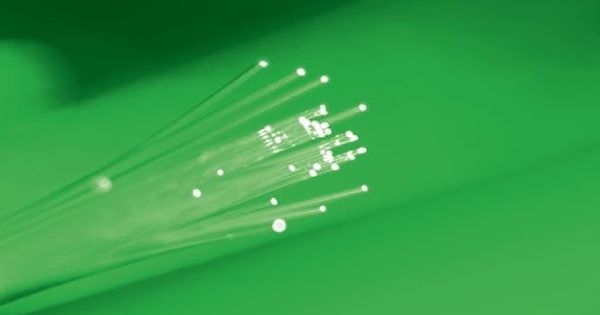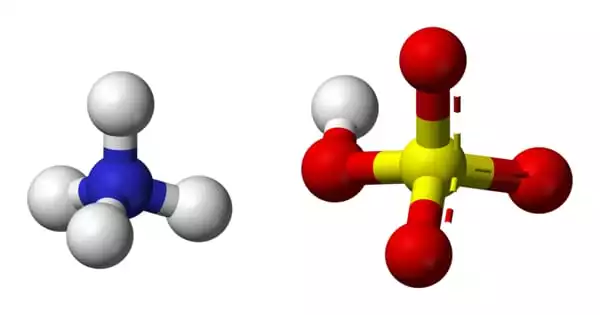An auxiliary electrode is a special electrode used in a three-electrode electrochemical cell for voltammetric analysis. It also called the counter electrode, which is an electrode used in a three-electrode electrochemical cell for voltammetric analysis or other reactions in which an electric current is expected to flow. The three-electrode system is made by the working, reference, and auxiliary electrodes. The purpose of the auxiliary electrode (AE) is to provide a pathway for current flow in the electrochemical cell without passing a significant current through the reference electrode. It provides a means of applying input potential to the working electrode.
An auxiliary electrode is not required when the clamp meter measuring method is used. It is used to make a connection to the electrolyte for the purpose of applying a current to the working electrode. Without changing the grounding condition, the grounding resistance can be measured. In a two-electrode system, either a known current or potential is applied between the working and auxiliary electrodes, and the other variable may be measured. The auxiliary electrode functions as a cathode whenever the working electrode is operating as an anode and vice versa. The most commonly used material for the auxiliary electrode is platinum, due to its inertness and the speed with which most electrode reactions occur at its surface.
The auxiliary electrode concept in sealed cell design has been developed to protect the cell against destructive pressure rise during charging. When a three-electrode cell is used to perform electroanalytical chemistry, the auxiliary electrode, along with the working electrode, provides a circuit over which current is either applied or measured. Here, the potential of the auxiliary electrode is usually not measured and is adjusted so as to balance the reaction occurring at the working electrode.
The work of the auxiliary electrode is to pass all the current so that the current at the working electrode can be controlled. The auxiliary electrode may be isolated from the working electrode using a glass frit. Such isolation prevents any byproducts generated at the auxiliary electrode from contaminating the main test solution: for example, if a reduction is being performed at the working electrode in aqueous solution, oxygen may be evolved from the auxiliary electrode. Such isolation is crucial during the bulk electrolysis of a species which exhibits reversible redox behavior.
Auxiliary electrodes are often fabricated from electrochemically inert materials such as gold, platinum, or carbon. The material used to make an auxiliary electrode must be an inert material like graphite or a noble metal such as gold, carbon, or platinum.
















